Table of Contents
Desalination plants in Australia are one of the major sources of reliable drinking water. Several large-scale desalination plants are located around the coastline in Australia that serve as a source of fresh water to meet the water demand of millions of people in major cities. A few notable desalination plants include the Perth seawater desalination plant, the Adelaide desalination plant, and the Gold Coast desal plant.
Consistent droughts, less rainfall, frequent climate change, and limited natural resources increased Australia’s dependability on desalination plants. The Reverse Osmosis technology is considered energy-efficient, low-cost, and helps in larger desalination capacity.
Growing population and water needs are fulfilled through advanced desalination plants in Australia. Thus, securing water sustainability for many years to come.
An Overview of Desalination Plants in Australia
Australia is known for receiving low rainfall and limited natural resources which led to an increase in desalination plants. These plants helped transform sea water into desalinated drinking water. Through advanced technology and large-scale desalination plants, Australia secured its drinking water needs over several years.
The desalination plants in Australia located near the coastline convert seawater into potable water quality using SWRO (Seawater Reverse Osmosis) desalination technology. There are about 250 desalination plants contributing to high-quality drinking water for the people of Australia.
Desalination plants in major cities like Perth, Sydney, Adelaide, Alkimos, and the Gold Coast contribute majorly to the urban water needs in Australia. The Gold Coast desal plant serves as a major source of drinking water for the people in South East Queensland. The Southern Seawater desalination plant was the first desalination plant in Australia. Since then, several desalination plants have been built and expanded to meet the growing water scarcity needs of Australia. Several desalination plants in Israel are functioning on renewable energy. Similarly, initiatives are made to shift the desal plants in Australia towards renewable energy to reduce the overall carbon footprint.
List Of Top Desalination Plants In Australia (By Capacity)
| Project Name | Location | Capacity | Project Cost |
| Perth Seawater Desalination Plant | Kwinana | 13.21 Trillion GL/year | USD 278 Million (AUS 387 Million) |
| Victorian Desalination Plant | Wonthaggi | 150-200 GL/year | USD 3.5 Billion |
| Adelaide Desalination Plant | Lonsdale | 100 GL/year | USD 164.6 Million (AUS 228 Million) |
| Sydney Desalination Plant | Kurnell | 91.25 GL/year | USD 1.36 Billion (AUS 1.9 Billion) |
| Gold Coast Desalination Plant | Tugun | 43 GL/year | USD 1.18 Billion (AUS 1.12 Billion) |
Here are a few notable desalination plants that serve as a major source of drinking water in Australia.
Find Desalination Plant Projects in AustraliaClaim your Free leads!
Perth Seawater Desalination Plant
| Project Name | Perth Seawater Desalination Plant |
| Location | Kwinana |
| Commissioned in | 2006 |
| Capacity | 13.21 Trillion GL/year |
| Built By | Water Corporation of Western Australia & Multiplex Degremont |
| Operated By | Water Corporation of Western Australia & Multiplex Degremont |
The Perth seawater desalination plant is built with a capacity of 250,000 cubic meters of water per day. This desalination plant is one of the largest in the world powered by renewable energy.
The Kuwaina desalination plant began its commercial operations in November 2006 it contributes about 17% of Perth's water supply. It is the single largest water source in Perth with an annual supply of 45 Gallons.
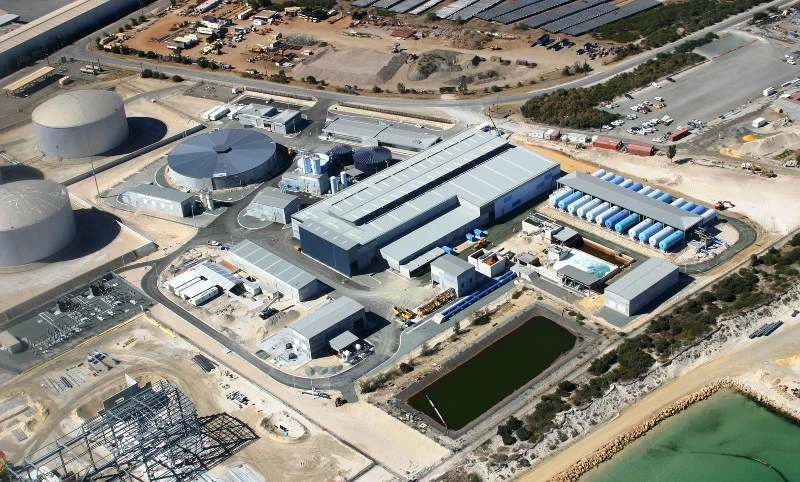
It was built by a joint venture of Water Corporation of Western Australia and Multiplex Degremont. Multiplex Degremont has been the plant operator for 25 years in alliance with the Water Corporation of Western Australia.
Facing drought, and limited rainfall, the Australian Water Association of Western Australia initiated the desalination plant in Perth as a main source of drinking water.
Victorian Desalination Plant
| Project Name | Victorian Desalination Plant |
| Location | Wonthaggi |
| Commissioned in | 2012 |
| Capacity | 150-200 GL/year |
| Built By | Aquasure Consortium |
| Operated By | Aquasure Consortium |
The desalination plant in Victoria is also called the Wonthaggi desalination plant. This plant was built in 2009 and began its commercial operations in 2012 at full capacity after the RTF (Reliability Testing Finalisation) tests.
The Wonthaggi desalination plant cost around USD 3.5 Billion built by a consortium called Aquasure. It includes Degrémont, Macquarie Capital, and Thiess. The desal plant Victoria was imposed as a part of “Our Water, Our Future plan” in June 2007.
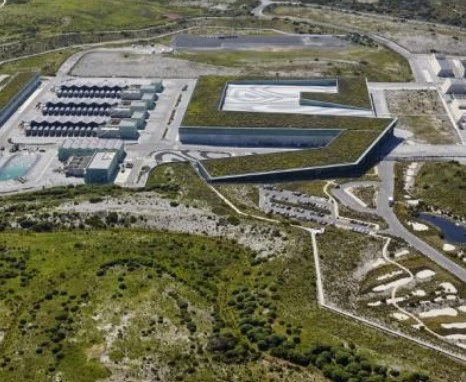
The desalinated seawater is supplied to the Melbourne water system. It is a SWRO plant using 100% renewable energy ensuring sustainability and securing water resources for the people of Wonthaggi. Built-in a public-private partnership, the Wonthaggi desalination plant is a major source of drinking water for people living in Victoria.
RO desalination technology is used to produce fresh drinking water that is further treated to meet the Australian Drinking Water Guidelines and Victoria Government health requirements. Its green roof initiated by the state government serves as an ecological reserve and reduces the carbon footprint effect.
Adelaide Desal Plant
| Project Name | Adelaide Desalination Plant |
| Location | Lonsdale |
| Commissioned in | 2013 |
| Capacity | 100 GL/year |
| Built By | AdelaideAqua Consortium |
| Operated By | AdelaideAqua Consortium |
The Adelaide desal plant is also known as the Port Stanvac desalination plant. The Adelaide desal plant fulfilled 50% of the Adelaide water supply needs. It is located in Lonsdale, South Australia.
It is built by a consortium AdelaideAqua which includes, McConnell Dowell Constructors, Abigroup Contractors, Acciona Agua, and Trility (formerly United Utilities Australia). It was built on a DBOM (Design, Build, Operate, Maintain) contract to operate it for 20 years.
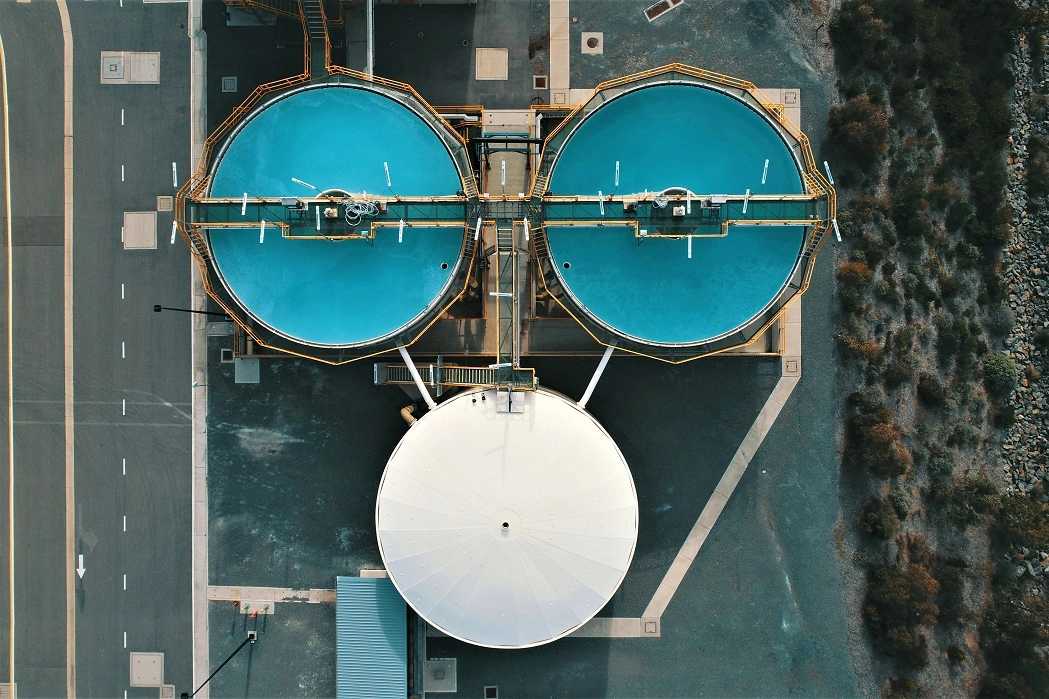
Initially, the Adelaide desal plant was operated at a 50 GL (Gigaliters) capacity in July 2011. The first water entered the state in October 2011. Further, to meet the increased water demand the Adelaide desalination project was expanded to another 50 GL/ year. The overall plant capacity is 100 GL/year by December 2012. The plant was operational at full capacity by January 2013.
The Adelaide desal plant is a part of the South Australia water security plan released in 2009 named “Water for Good”. The objective is to secure water for the state by the end of 2050.
Sydney Desalination Plant
| Project Name | Sydney Desalination Plant |
| Location | Kurnell |
| Commissioned in | 2010 |
| Capacity | 250 Million/day |
| Built By | BlueWater Joint Venture |
| Operated By | BlueWater Joint Venture |
The Sydney desalination plant also known as the Kurnell desalination plant supplies 15% of Sydney's water needs. This desalination plant is one of the largest desalination plants in Australia supported by renewable energy.
The Kurnell desalination plant was built to secure the drinking water source in Australia independent of rain. A major reason was a drop in dam water level capacity by 34% in February 2007 leading to water shortage problems. This desalination plant is a part of the greater Sydney water strategy to secure Sydney's water supply for millions of people.
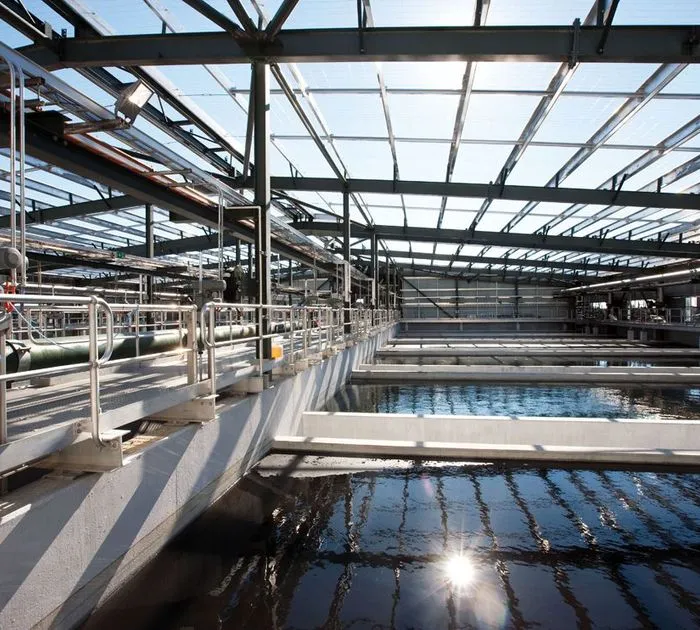
This desalination plant was built by a joint venture named BlueWater. It includes John Holland for construction and Veolia Water ensured the operation and maintenance of the Sydney desalination plant on an agreement of 20 years with Greater Sydney Water.
The desalination plant in Sydney construction began in 2007 and was commissioned by January 2010. It was awarded the “Desalination Plant of the Year” in 2011 at the Global Water Summit in Berlin.
Also Read: Top Five Upcoming Offshore Wind Farm Power Projects in Australia
Gold Coast Desal Plant
| Project Name | Gold Coast Desal Plant |
| Location | Tugun |
| Commissioned in | 2009 |
| Capacity | 43 GL/year |
| Built By | Gold Coast Desalination Alliance |
| Operated By | Gold Coast Desalination Alliance |
The Gold Coast desal plant built in 2009, produces 43GL/year. The Gold Coast Desalination Alliance built the Gold Coast desal plant. It includes Veolia Water, John Holland, SKM, and Cardno. As per the agreement signed, this alliance can operate the Gold Coast Desal Plant for ten years.
The Gold Coast desalination plant located in Tugun, fulfills the water needs of 665,000 residents in Tugun. It is designed to function at 33%, 66%, and 100% capacity depending on the water demand of people. In 2009, the Global Coast desalination plant was awarded “Global Membrane Desalination Plant of the Year” by the Global Water Intelligence.
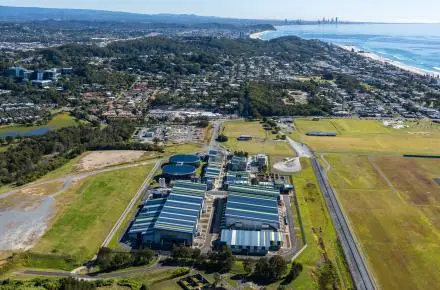
The objective of the Gold Coast desal plant was the 2005 South East Queensland drought that led to a severe water crisis and low water storage levels. Thus, the Queensland Government built the Gold Coast desalination plant in Tugun to supply sufficient water to Gold Coast and South East Queensland.
This desalination plant uses the RO desalination technology with RO train installed with dual-work exchanger energy recovery devices. Thus, assuring 97% recovery of unused energy from the brine.
Find Desalination Plant Projects in AustraliaClaim your Free leads!
Factors Contributing to the Rise of Desalination Plants in Australia
Australia’s geographical location records low rainfall and limited freshwater resources. Several droughts and increased water demand infused the Australian Government to initiate the desalination process. This process converts seawater into potable water, thus, ensuring consistent water supply to major cities of Australia.
The first desalination plant built in Australia was the Perth Seawater desalination plant to secure water supply after a two-year water drought in 2002 and low water levels in storage dams.
Over the years, desalination plants in Australia emerged as a notable source of clean water for millions of people. Through investments, research, and innovation, the desalination industry expanded in capacity and technology fulfilling the water needs of Australia.
Challenges to the Desalination Industry in Australia
There are several challenges faced by the desal plants in Australia. Below are a few major challenges:
- High Energy Consumption: The RO desalination technology is effective, yet, highly energy-intensive leading to increased energy consumption and more carbon footprint.
- Brine Disposal: Desalination of high-capacity seawater causes the production of large amounts of brine disposal affecting the environment negatively.
- Uncertain Capacity: The existing desalination capacity may fail to fulfill the increasing population and uncertain drought situations in the future.
- Over-Reliance on Desalination: The dependence of desalination plants on natural resources may be risky in case of desalination plant failure or inefficiency.
Conclusion
The desal plants in Australia are one of the major sources of drinking water. Over the years, several desal plants like the Perth seawater desalination plant, Adelaide desal plant, and Kwinana desalination plant have supplied water to major cities of Australia.
Several drought conditions and limited rainfall in Australia caused the rise of the desalination industry becoming a major source of drinking water. These desalination plants use the RO technology which consumes high energy leading to an increase in carbon footprint. The government of Australia is taking initiatives to focus on renewable energy similar to the desalination plants in Saudi Arabia that majorly function on renewable energy. Thus, desalination plants in Australia continue to innovate and contribute to the water supply needs of millions of people.
Also Read: Vast Begins FEED Contract of Concentrated Solar Power Plant in Australia
FAQ’s
Where is the largest desalination plant in Australia?
The Wonthaggi desalination plant also known as the Victorian desalination project is the largest desalination plant with a capacity of 150-200 Gigalitres per year.
Which Australian cities have desalination plants?
There are 270 desalination plants in Australia’s major cities like Perth, Sydney, Adelaide, and Tugun have the largest desalination plants in Australia.
Does Melbourne use desalinated water?
Yes, Melbourne receives its major water supply from a desalination plant in Victoria, and other local reservoirs and dams in Australia.
Does Perth have desalination plants?
The Perth Seawater Desalination Plant also known as the Kwinana Desalination Plant is one of the major sources of drinking water in Western Australia.
Connect with decision-makers of the latest desalination plant projects in Australia for business opportunities.
Subscribe to Blackridge's Desalination Plant Projects and Tenders in Australia to get access to reliable and high-quality insights on upcoming, in-progress, and completed desalination plant projects across the world or in your desired geographical location.
Our user-friendly platform provides essential details, timely updates, key stakeholder contact information, and business opportunities tailored for engineering companies, industry professionals, investors, and government agencies.
Start a free demo to take your business to the next level!







Leave a Comment
We love hearing from our readers and value your feedback. If you have any questions or comments about our content, feel free to leave a comment below.
We read every comment and do our best to respond to them all.